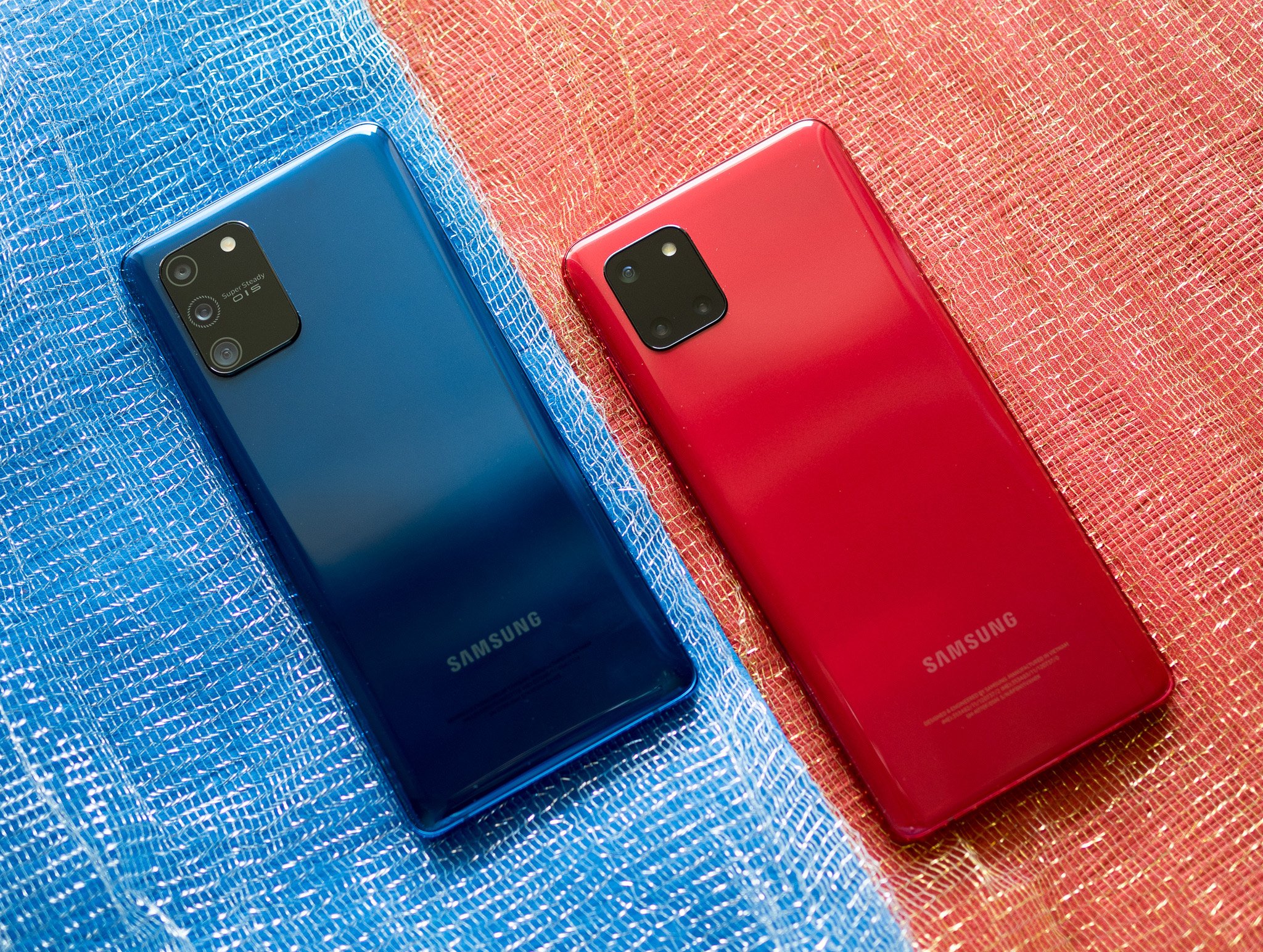Calling a phone 'mid-range' doesn't make sense anymore — we can do better
And recognize that the system of classifying phones into these buckets is flawed to begin with.
When we say a phone is "mid-range," what does that even mean nowadays? Do its specs land under a certain level overall? Is it based on specific missing features? Or is it purely defined by price? Any of those calculations can be easily confusing, if not outright flawed.
I'm not sure how or when, exactly, the nomenclature was developed, but for some reason technology enthusiasts are eager to put phones into buckets: "budget," "mid-range," and "flagship," at a minimum. Problem is, the lines between these made-up categories differ from person to person, and just keep getting more and more blurry.
OnePlus 8 vs. Galaxy S20: Which should you buy?
For some reason, we're eager to put phones into broad groups — but it doesn't make any sense.
I suppose "flagship" (as silly as the name is) can always make some sense, as it's always going to represent the best and most expensive phones available. But now even that's being called into question: new foldable phones are more expensive than what we'd normally consider a flagship phone, yet they often have lower specs and more compromises. But then if we say that a flagship is a phone above a certain level of specs or features, rather than price, things continue to get murky — is a $900 OnePlus 8 Pro in the same category as a $1400 Galaxy S20 Ultra, because their specs are nearly the same? That represents a $500 gap in price, which is far too wide to be considered a reasonable range within which people will cross-shop phones.
We're just going to have to deal with the fact that there's actually nuance in the comparison of phones that reaches well beyond grouping them into these big categories based on a couple of specs or features. And nowhere is that more apparent than in what we call "mid-range" today. As high-end phones get ever more expensive, and tons of companies keep competing for very low prices at the bottom of the market, the so-called mid-range keeps getting wider. I've seen the $400 Pixel 3a called mid-range at the same time as the $700 OnePlus 8 — they're in no way comparable. Things get murkier when we look at "value flagship" type phones with high-end specs, but without extra features or materials in order to keep the price down; is the POCO F2 Pro a flagship because of its spec sheet, or is it mid-range because of its price? There's no single answer.
You can't just compare phones based on specs, or price, or size — it's a combination.
As if that weren't confusing enough, it only addresses new phones with known fixed prices. But we've seen time and time again that a phone can easily move from being a "flagship" to "mid-range" in a matter of months, depending on how its price drops as it ages and where industry pricing trends go. The Pixel 4 XL used to be a "flagship," then it got an official price cut to $600, and now it's cheaper than phones we call "mid-range" — so which is it? I'd argue it's clearly the latter, and should be evaluated as such. It's a perfect example of how putting phones in specific baskets, and leaving them there, is of little use to anyone.
So what do we do instead? Let's start looking at phones based on their merits and current price, and go from there. With the number of variables, the largest of which being people's personal preference, there's never going to be a science to categorizing and comparing phones.
Every person has a different list of priorities, and what price they consider reasonable.
Different people place different weights on each of the various specs, like screen size, processor, memory, storage, camera arrangement, water resistance, battery size, charging speed, wireless charging, and so on. Then there are subjective categories, like build materials, design, button placement, speaker quality, screen quality, and camera quality. Every single person puts different weights — some consciously, most unconsciously — on each of these categories and comes to a conclusion on how much they like the phone; and then, of course, that's compared to its price. It's why we write in-depth reviews of phones, not just comparative spec tables.
Best Cheap Android Phones in 2020
For a lot of people, the basics of price, design, cameras and battery life stand out — but if that's all a phone has, completely failing in every other category, it probably isn't going to reel in a ton of sales. It's a balancing act, and one with a dramatically different amount of variance in it at an MSRP of $400, $500, $600, and $700. And the smartphone companies are constantly tweaking what they can offer in various combinations, all within a specific pricing framework, to win over consumers. So why do we continue to say a phone is "mid-range" as if there's no nuance to that decision? Let's stop.
Incredible camera value
Google Pixel 3a XL
A whole lot of phone for the money
You don't get fancy hardware or features, but you're getting Google's great software and a top-tier camera. Even with the Pixel 4a on the horizon, you can find incredible value in the 3a XL at its discounted price.
from Android Central - Android Forums, News, Reviews, Help and Android Wallpapers https://ift.tt/2T3bLYK
via IFTTT


ليست هناك تعليقات: